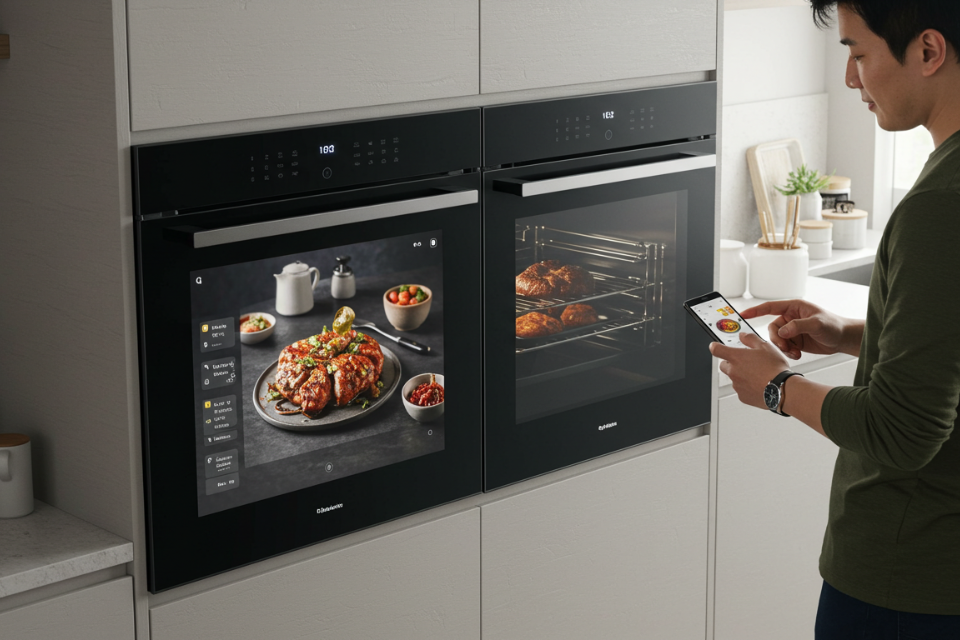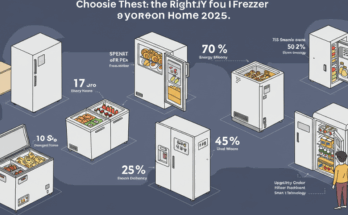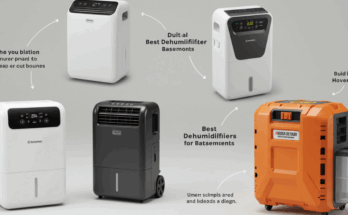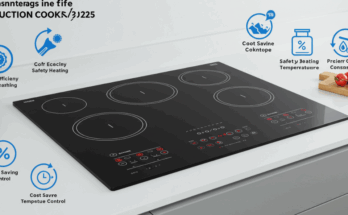Introduction
Smart ovens are rapidly evolving, integrating advanced technology to transform the way we cook. But are they truly the future of cooking in 2025? This article explores the capabilities, benefits, and potential drawbacks of smart ovens to help you decide.
Smart Oven Features
Smart ovens boast an array of impressive features. Many offer precise temperature control, ensuring perfectly cooked meals every time. Some even include guided cooking programs and recipe suggestions, making cooking easier than ever before. Many models offer functionalities such as sous vide, air frying, and steam cooking, all in one appliance, saving you countertop space. Learn more about specific features.
Connectivity and Control
A key element of smart ovens is their connectivity. Many connect to Wi-Fi, allowing you to control them remotely using a smartphone app. You can preheat your oven while commuting home, or adjust cooking times from anywhere, offering unparalleled convenience. This connectivity also opens the door to receiving software updates and new features over time. Explore this article on connected appliances for a wider perspective.
Recipe Integration and Guided Cooking
Several smart ovens integrate directly with recipe apps or websites. This allows you to select a recipe, send the cooking instructions directly to the oven, and let the appliance guide you through each step. This removes the guesswork from cooking, making it perfect for both beginners and seasoned chefs. See how this compares to traditional methods by reading our guide to traditional cooking methods.
Cost and Accessibility
While smart ovens offer many benefits, they often come with a higher price tag compared to traditional ovens. The cost can vary widely depending on features and brand. Accessibility remains a concern; the technology and integration with other smart home devices require a certain level of technical familiarity. Check out our comparison chart for price ranges.

Ease of Use and Learning Curve
Despite their advanced features, most smart ovens are designed with user-friendliness in mind. Intuitive interfaces and clear instructions usually make them relatively easy to operate. However, there’s still a learning curve involved in understanding and utilizing all the features effectively. Consider the factors influencing ease of use; this consumer review site offers valuable insights.
Maintenance and Durability
Like any appliance, smart ovens require regular maintenance to ensure optimal performance and longevity. Cleaning, software updates, and potential repairs should be considered when weighing the long-term costs and practicality. For expert advice, consult this appliance maintenance guide.
Conclusion
Smart ovens are undoubtedly changing the culinary landscape, offering convenience, precision, and exciting possibilities for home cooks. While the initial cost and technology curve might present challenges, the benefits of enhanced cooking control and recipe integration are compelling. Whether they fully represent the future of cooking in 2025 is a matter of individual needs and preferences, but their impact is undeniable.
Frequently Asked Questions
What are the main benefits of smart ovens? Smart ovens offer precise temperature control, remote operation, guided cooking, and often include multiple cooking functions in a single appliance.
Are smart ovens difficult to use? Most smart ovens are designed with user-friendly interfaces, however, some learning curve might be involved in mastering all the features.
How much do smart ovens cost? The cost varies widely based on features and brand, typically ranging from higher than the price of standard models.
How do smart ovens connect to other smart home devices? Most connect via Wi-Fi and can integrate with other smart home systems and apps.
Do smart ovens require special maintenance? Smart ovens require regular cleaning and periodic software updates, similar to other appliances.



